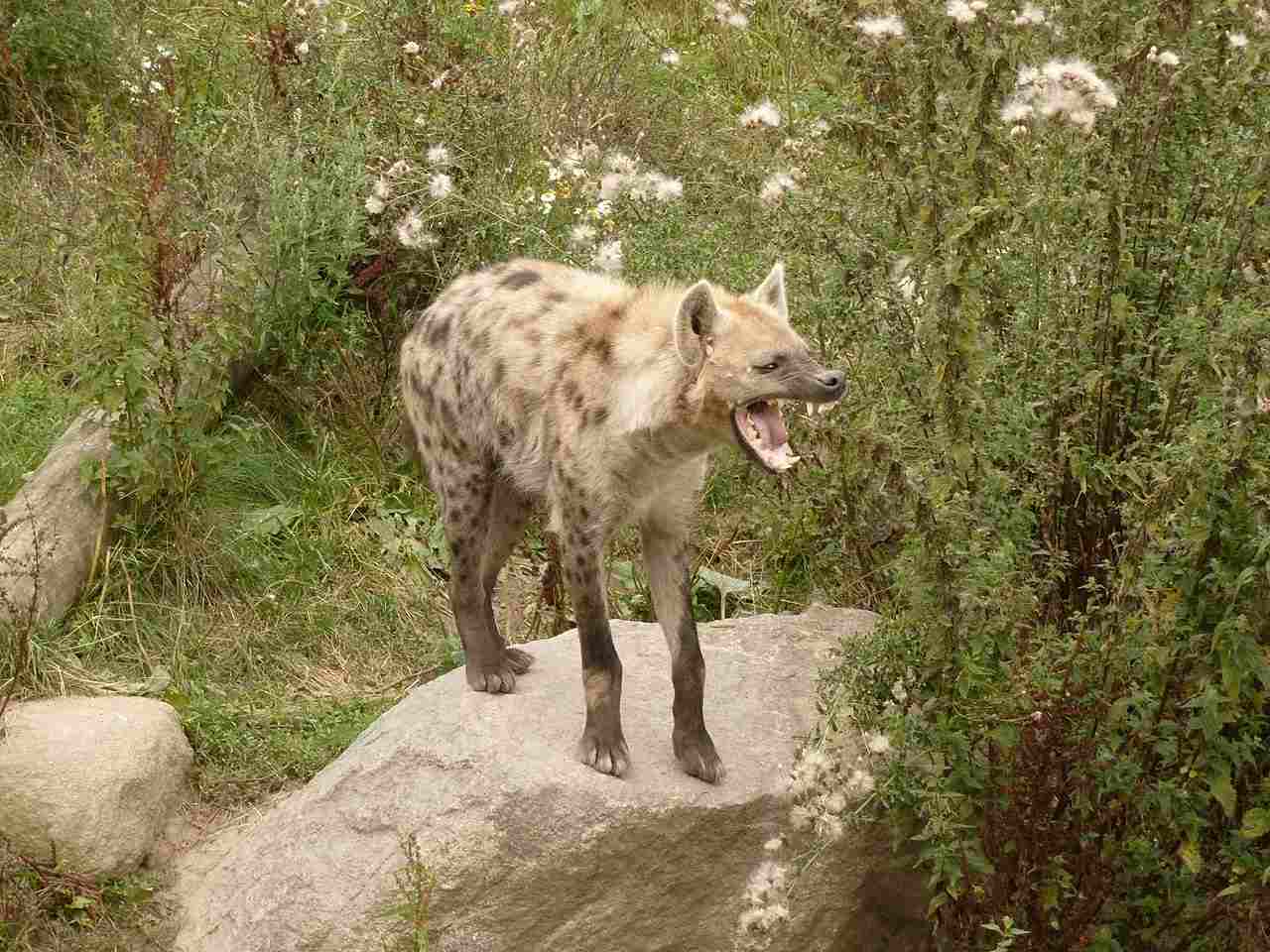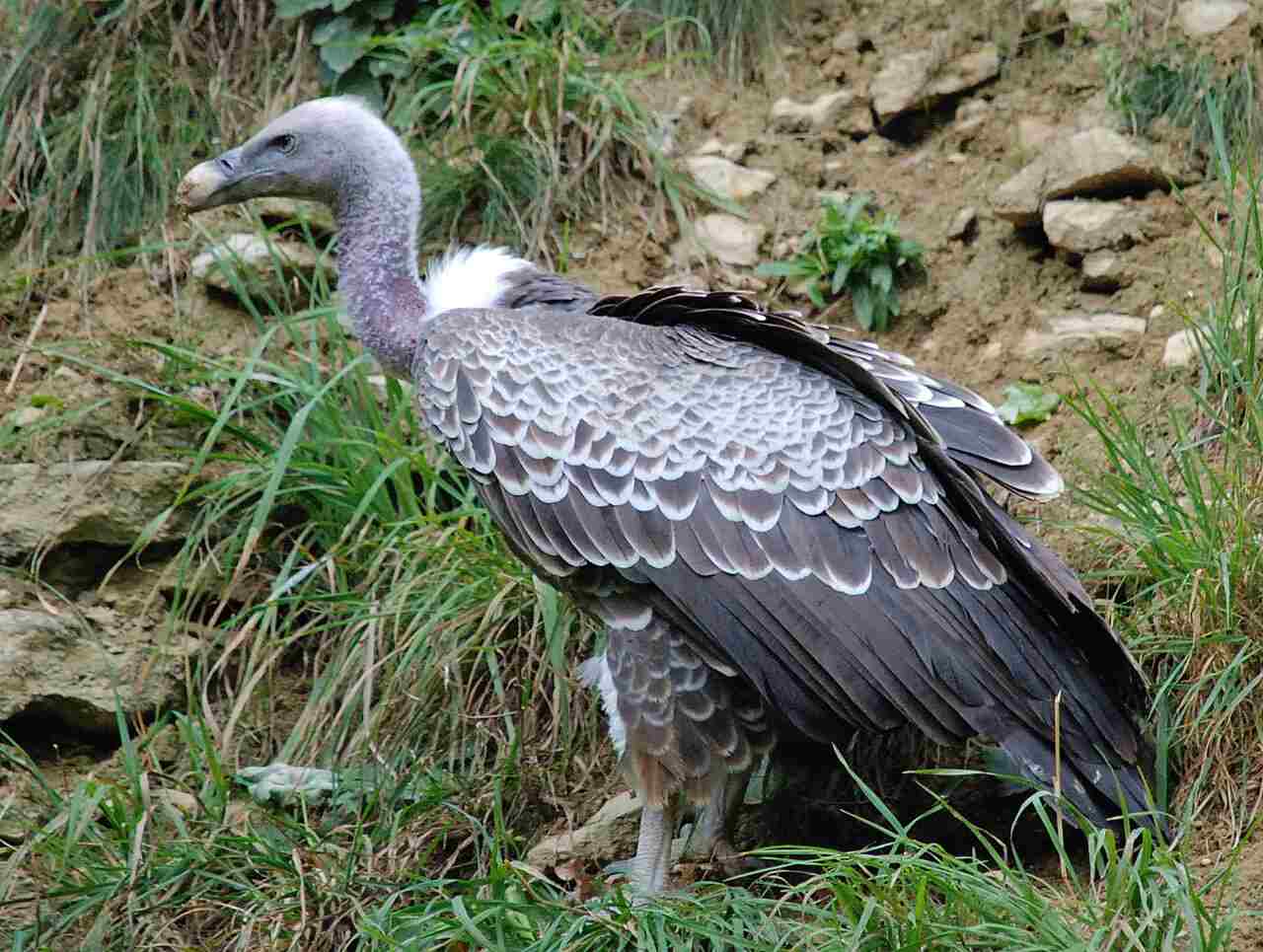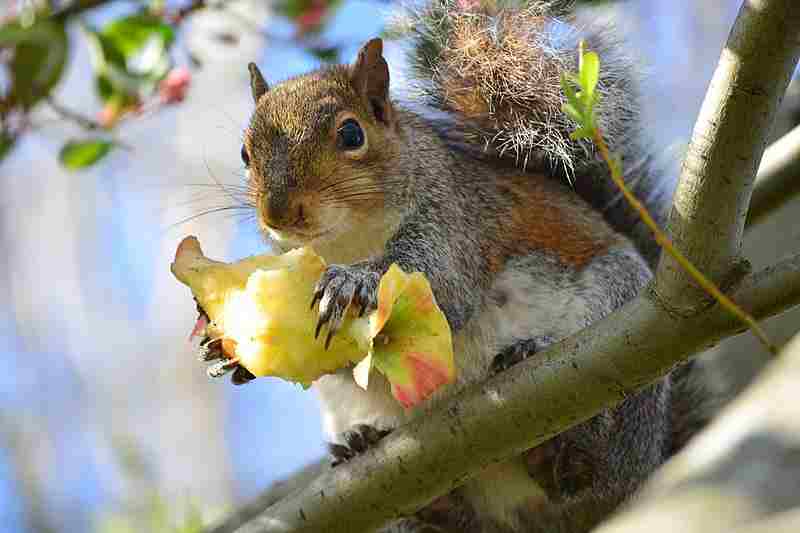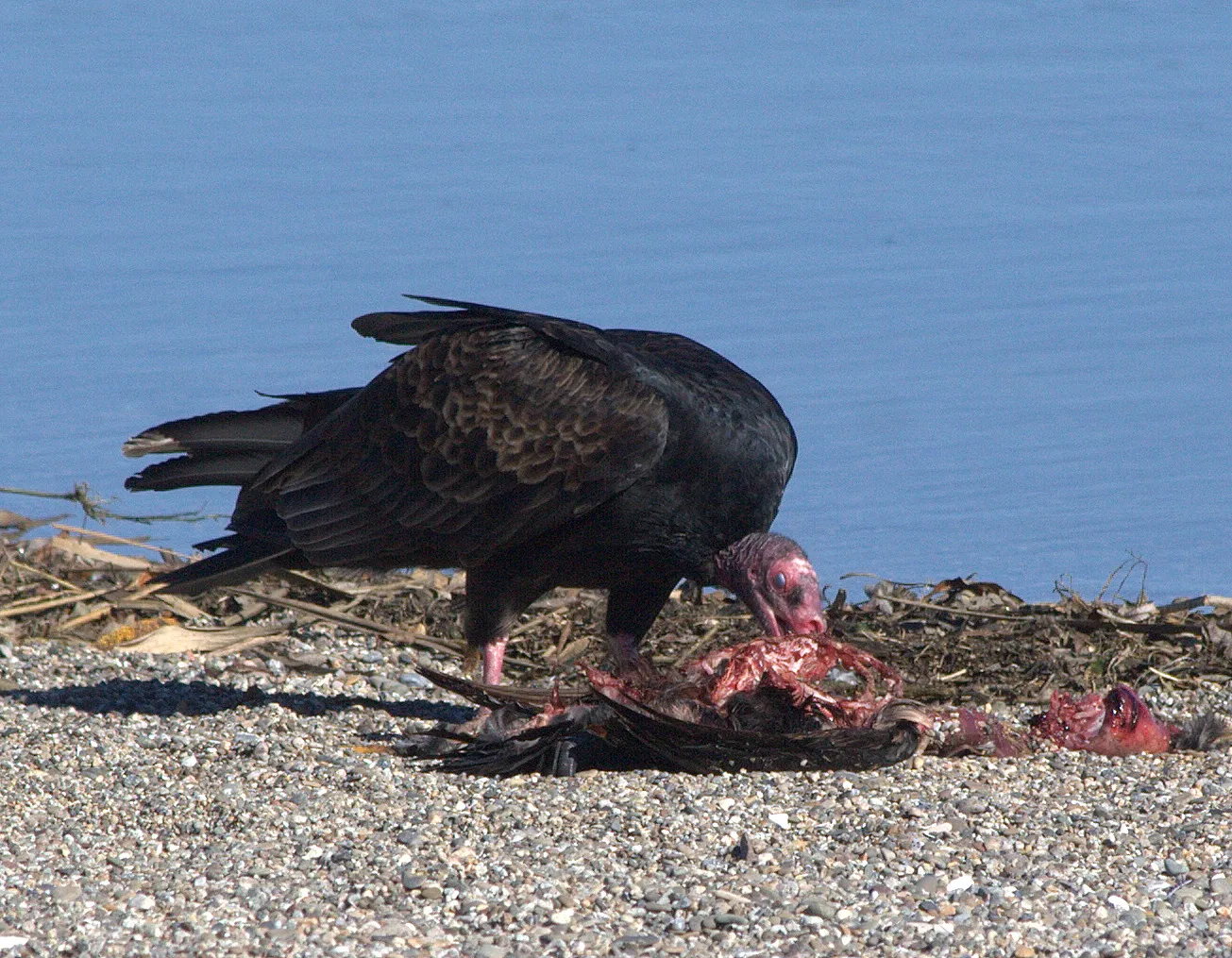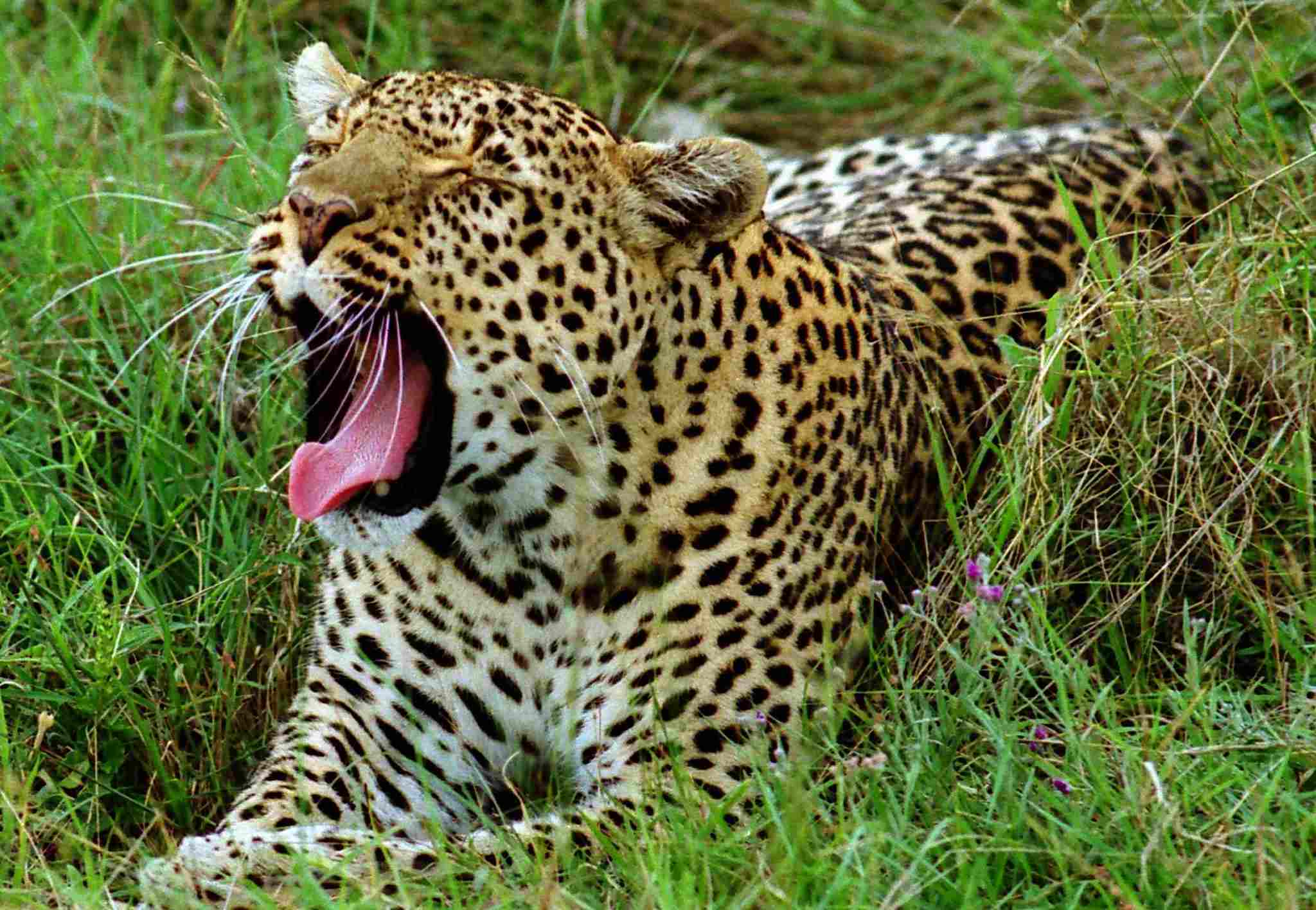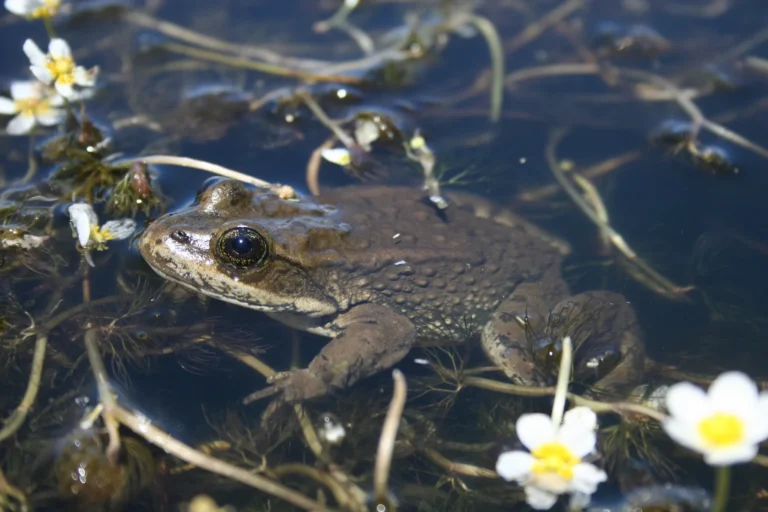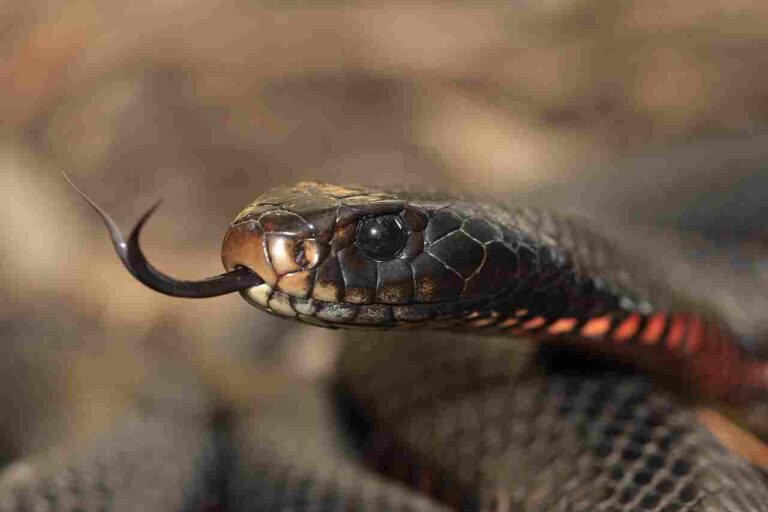Are Hyenas Omnivores? Hyena Food Chain Position and Role
Hyenas are not omnivores. While they have a diverse diet, consisting mainly of animal biomass, they do not consume plant matter as a significant part of their diet. Hyenas primarily rely on hunting and scavenging for fresh meat, making them carnivores. However, their ability to scavenge on carcasses distinguishes them from typical carnivores, as they can consume both fresh kills and carrion.
Reasons Why Hyenas are Not Omnivores
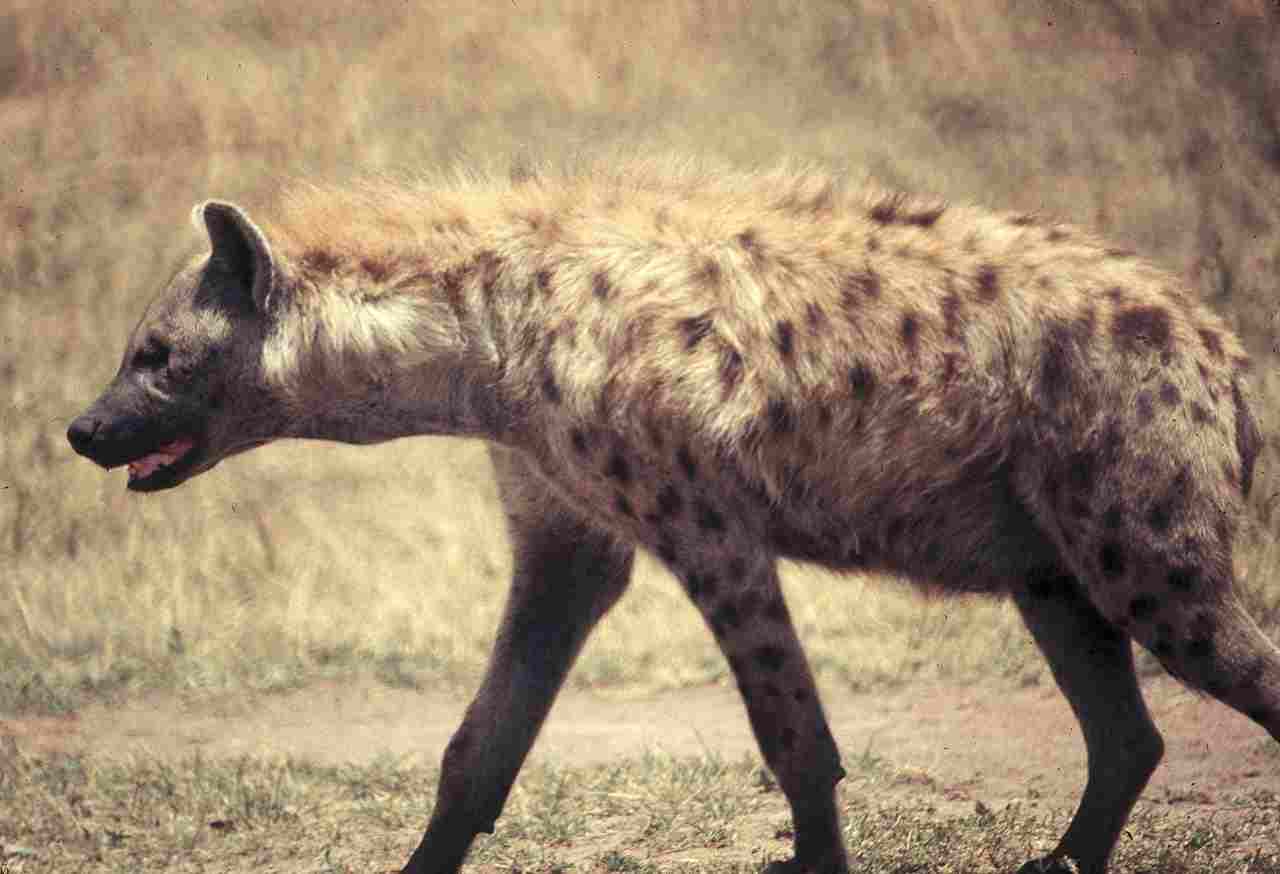
-
Diet Composition: Hyenas primarily consume animal biomass, including meat, bones, and organs, as their main source of nutrition. They do not exhibit a significant preference for or consumption of plant matter in their diet.
-
Physiological Adaptations: Hyenas possess specialized digestive systems adapted for processing and digesting meat efficiently. Their teeth, jaws, and digestive enzymes are all optimized for carnivorous diets, further indicating their classification as carnivores rather than omnivores.
-
Foraging Behavior: Hyenas are skilled hunters and scavengers, but their foraging behavior is focused on acquiring animal prey or scavenging carcasses rather than seeking out plant-based foods. Their hunting techniques and social structure are geared towards capturing and consuming prey animals.
-
Ecological Role: In their ecosystems, hyenas play the role of apex predators, regulating prey populations and contributing to the overall balance of the food web. Their predatory behavior and reliance on animal prey align with the characteristics of carnivores rather than omnivores.
In general, the absence of significant plant consumption in their diet, coupled with their anatomical and behavioral adaptations for carnivory, supports the classification of hyenas as carnivores rather than omnivores.
Are Hyenas Carnivores?
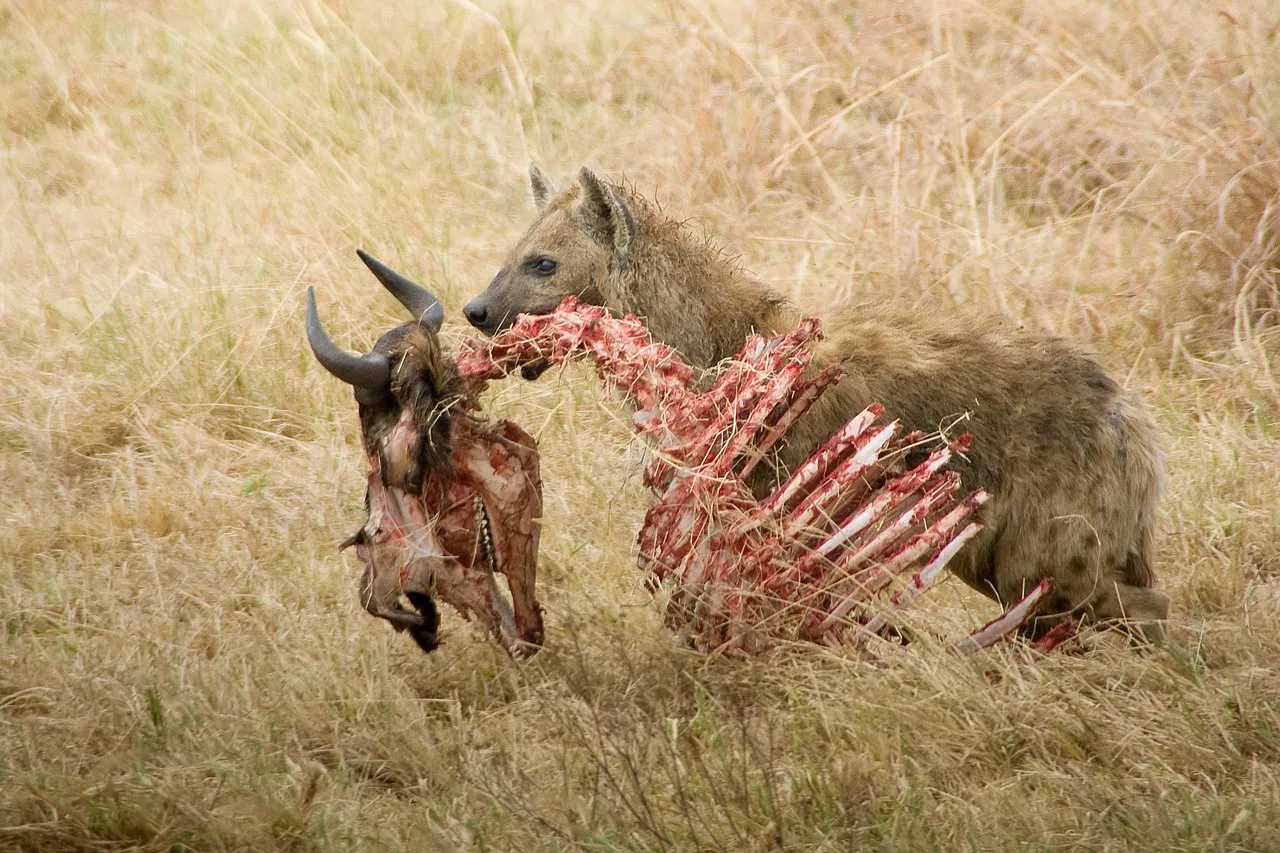
Yes, hyenas are carnivores. They primarily feed on animal biomass, including meat, bones, and organs, as their main source of nutrition. Their diet consists almost exclusively of other animals, whether obtained through hunting or scavenging. The anatomical features and digestive adaptations of hyenas are characteristic of carnivorous animals, further supporting their classification as carnivores.
Reasons Why Hyenas are Carnivores
-
Anatomical Adaptations: Hyenas possess specialized teeth, jaws, and digestive systems adapted for consuming and digesting meat. Their teeth are designed for tearing flesh and crushing bones, while their powerful jaws allow them to efficiently consume and process animal prey.
-
Predatory Behavior: Hyenas exhibit typical predatory behavior, including hunting in packs, stalking, and ambushing prey. They are skilled hunters capable of taking down large ungulates like wildebeest and zebra. This behavior reflects their reliance on animal prey for sustenance.
-
Digestive Physiology: Hyenas have stomachs with highly acidic gastric juices, which aid in the breakdown of proteins and fats found in meat. Their digestive enzymes are specialized for metabolizing animal-based nutrients, further indicating their carnivorous nature.
-
Ecological Role: As apex predators in their ecosystems, hyenas play a crucial role in maintaining the balance of food webs. Their hunting activities help regulate prey populations, preventing overgrazing and promoting ecosystem health.
Therefore, the combination of anatomical, behavioral, and ecological factors confirms hyenas’ classification as carnivores, emphasizing their dependence on animal flesh for survival.
Are Hyenas True Carnivores?
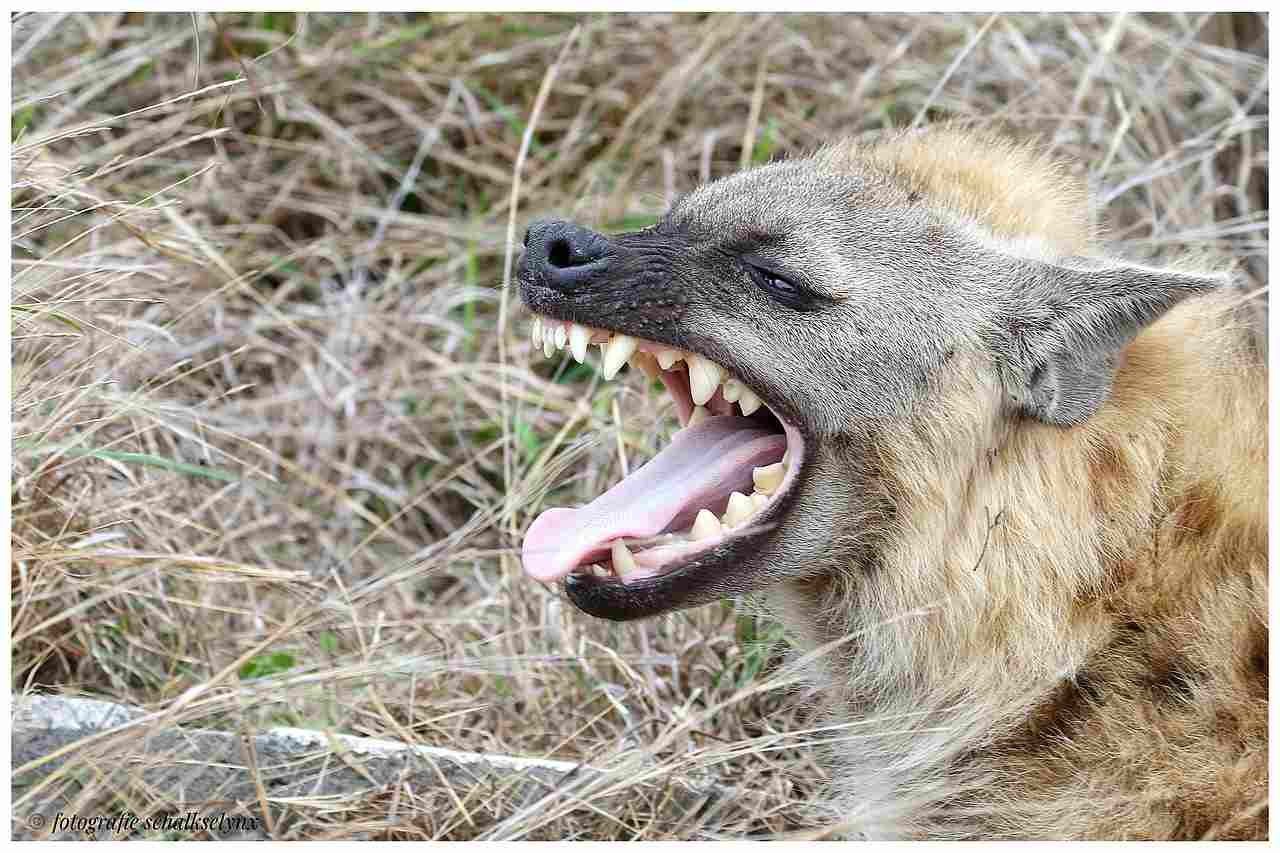
Yes, hyenas are considered true carnivores. While they share similarities with scavengers in their ability to consume carrion, their primary mode of obtaining nutrition is through hunting and consuming fresh meat. Unlike facultative carnivores, which can supplement their diet with non-animal foods if necessary, hyenas rely exclusively on animal biomass for sustenance. Therefore, their classification as true carnivores accurately reflects their dietary habits and nutritional requirements.
Are Hyenas Omnivores?
No, hyenas are not omnivores. They primarily consume animal biomass, including meat, bones, and organs, as their main source of nutrition. Unlike omnivores, which have a diet that includes both plant and animal matter, hyenas do not exhibit a significant preference for or consumption of plant-based foods. Their anatomical features, digestive adaptations, and foraging behavior all align with those of carnivores rather than omnivores, indicating their specialized dietary niche as predators of the animal kingdom.
Is a Hyena a Carnivore, Herbivore, or Omnivore?
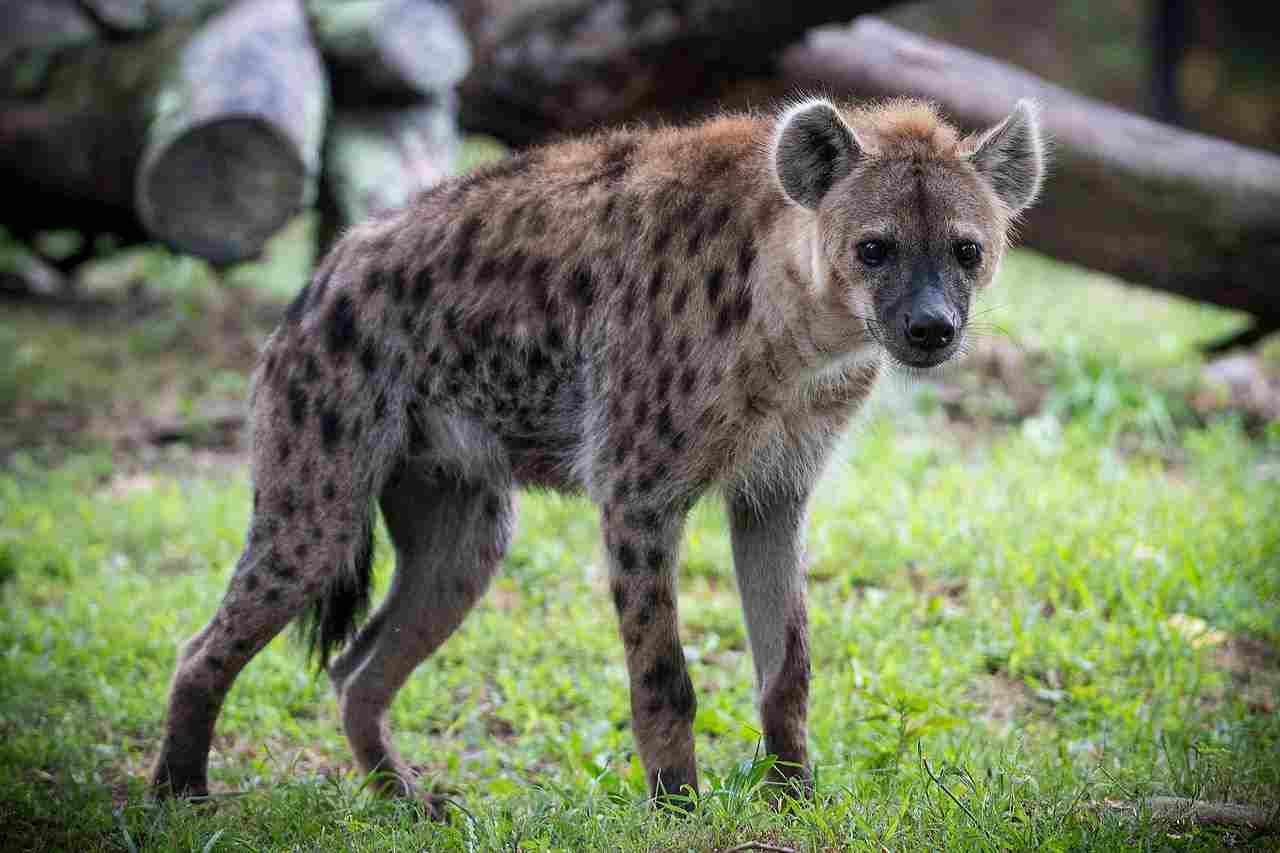
A hyena is classified as a carnivore. Its diet predominantly consists of animal biomass, including meat, bones, and organs. While hyenas have the ability to scavenge on carcasses, their primary mode of obtaining nutrition is through hunting and consuming fresh meat. This classification reflects their anatomical features, digestive adaptations, and behavioral tendencies tailored for a meat-based diet, distinguishing them from herbivores and omnivores.
Do Hyenas Eat Plant Matter?
Hyenas primarily consume animal biomass and do not rely significantly on plant matter as a part of their diet. While they may occasionally ingest small amounts of vegetation incidentally, their digestive systems and foraging behavior are not adapted for processing and digesting plant material as a primary food source. Therefore, the consumption of plant matter by hyenas is minimal compared to their consumption of meat, bones, and organs from animal prey.
Do Hyenas Eat Any Meat?
Yes, hyenas are carnivorous animals and primarily consume meat as a significant part of their diet. Their diet consists of various animal biomass, including flesh, bones, and organs. Hyenas are skilled hunters and scavengers, capable of preying on a wide range of animals, from small mammals to large ungulates. They play a vital role in ecosystems as top predators, contributing to the regulation of prey populations through their hunting activities. Therefore, meat consumption is a crucial aspect of hyena nutrition and survival.
Is A Hyena A Carnivore Or A Scavenger?
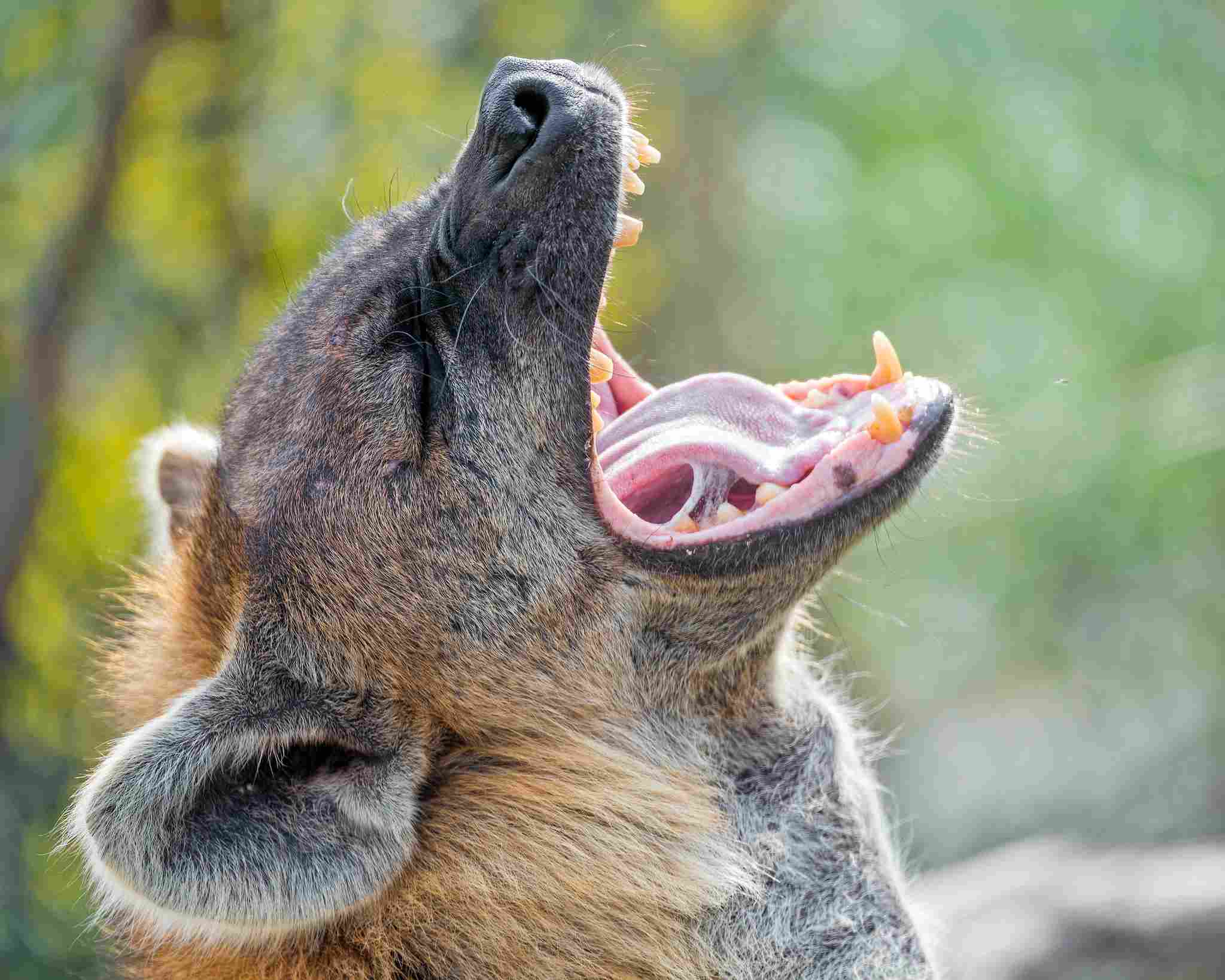
A hyena is both a carnivore and a scavenger. While they possess the hunting prowess to take down prey, they also scavenge on carcasses, utilizing both fresh kills and carrion as sources of food. This dual feeding strategy allows hyenas to adapt to varying environmental conditions and food availability. As opportunistic feeders, hyenas play a vital role in ecosystems as both predators and scavengers, contributing to the recycling of nutrients and the maintenance of ecosystem balance.
Reasons Why Hyenas are Both Carnivores and Scavengers
-
Adaptability: Hyenas have evolved to be highly adaptable predators, capable of hunting down prey and scavenging on carrion. This versatility allows them to exploit a wide range of food sources, maximizing their chances of survival in different environments.
-
Efficiency: By combining hunting and scavenging behaviors, hyenas can minimize energy expenditure while maximizing food intake. They opportunistically consume fresh kills when available but can rely on scavenging to supplement their diet during lean periods or when hunting is unsuccessful.
-
Ecological Role: As both predators and scavengers, hyenas play a crucial role in ecosystem dynamics. They help regulate prey populations through hunting activities and contribute to nutrient cycling by consuming carrion, thereby influencing the abundance and distribution of other species within their habitats.
-
Social Structure: Hyenas live in complex social groups, with organized hunting and scavenging behaviors. Their cooperative hunting strategies allow them to tackle larger prey, while their hierarchical social structure facilitates resource sharing, including scavenged food.
Therefore in general, the combination of hunting and scavenging behaviors enables hyenas to exploit diverse food sources, making them successful carnivores and scavengers in their respective ecosystems.
Are Hyenas Omnivores In The Ocean?
No, hyenas are not omnivores in the ocean or any other environment. Their dietary habits remain consistent regardless of their habitat. Hyenas primarily consume animal biomass, including meat, bones, and organs, as their main source of nutrition. While they may scavenge on marine carcasses if they inhabit coastal regions, their diet is still predominantly carnivorous. Therefore, whether on land or near the ocean, hyenas maintain their classification as carnivores rather than omnivores.
What Do Hyenas Eat?
Hyenas have a diverse diet primarily consisting of animal biomass. They are known to consume a wide range of prey, including but not limited to:
-
Large ungulates such as wildebeest, zebras, and antelopes.
-
Small to medium-sized mammals like rodents, hares, and mongooses.
-
Birds and their eggs.
-
Reptiles and amphibians.
-
Insects and other invertebrates.
-
Carrion from carcasses of animals killed by other predators or natural causes.
Hyenas are opportunistic feeders, capable of hunting down prey as well as scavenging on carcasses, which contributes to their ability to thrive in various habitats and environmental conditions.
Striped Hyena Trophic Level
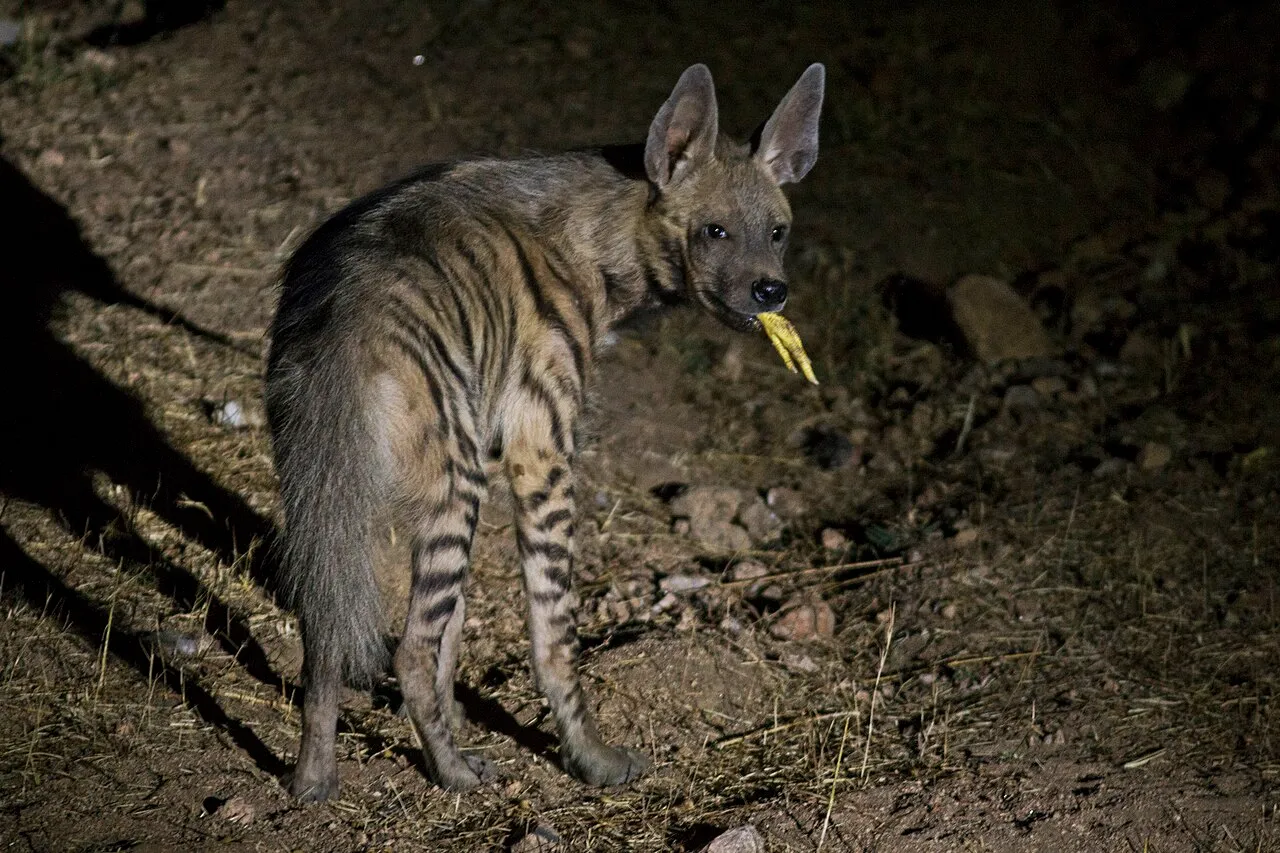
The striped hyena occupies a trophic level primarily as a secondary or tertiary consumer in its ecosystem. As a carnivorous predator, it preys on a variety of animals, ranging from small mammals to larger ungulates. While it occasionally scavenges on carrion, its role as a predator is more prominent. This places the striped hyena within a higher trophic level, as it derives its energy and nutrients primarily from consuming other animals rather than directly from primary producers.
*Summary
| Aspect | Summary |
| Diet |
Primarily carnivorous, consuming animal biomass including meat, bones, and organs.
|
| Omnivore Classification |
Not omnivores; do not significantly consume plant matter.
|
| Feeding Behavior |
Exhibit both hunting and scavenging behaviors, allowing them to adapt to varying environmental conditions.
|
| Prey Range |
Hunt and scavenge a wide range of prey, from small mammals to large ungulates.
|
| Ecological Role |
Crucial role as both predators and scavengers in ecosystems, regulating prey populations and contributing to nutrient cycling.
|
| Trophic Level |
Occupies a higher trophic level as secondary or tertiary consumers, deriving energy primarily from consuming other animals rather than directly from primary producers.
|
FAQs
